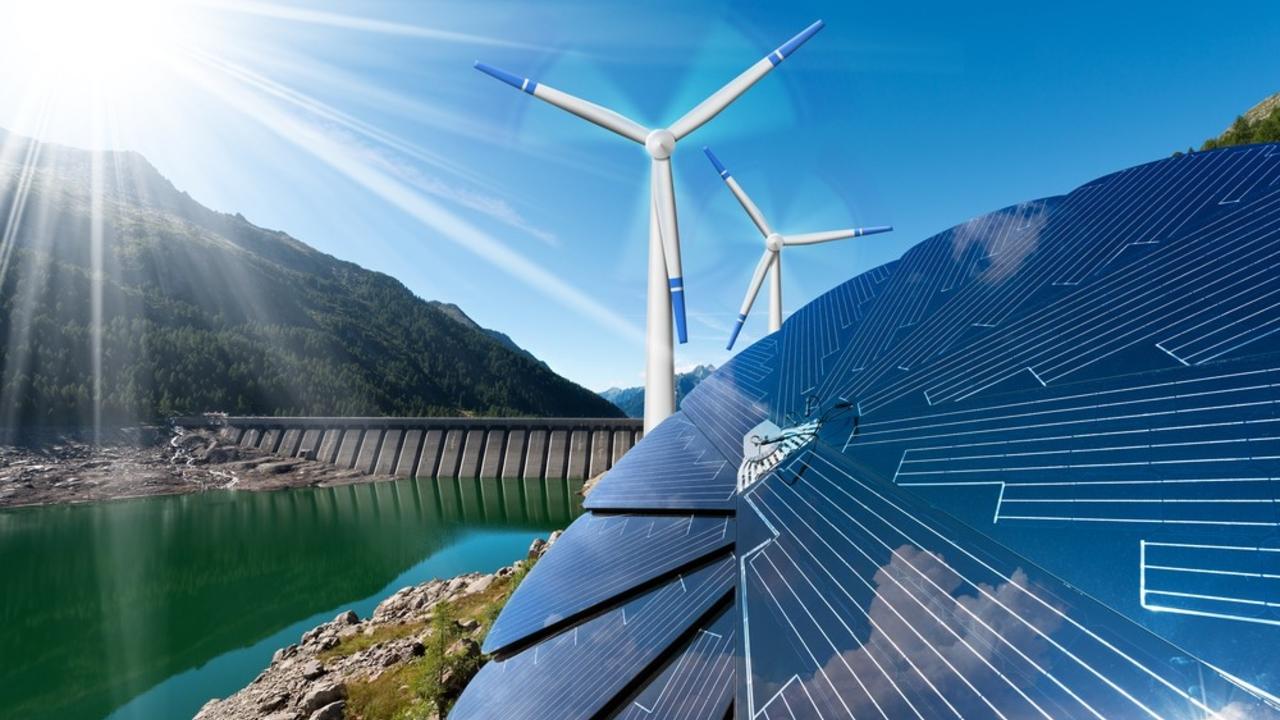Alternative Electricity Generation

How electricity is generated
Electricity plays an important role in our everyday lives, as it has a wide variety of uses. We rely on electricity to heat, cool, and illuminate buildings such as our homes, businesses, places of work, schools, hospitals, and on and on. Electricity also powers our cellphones, washers and dryers, computers, televisions, and appliances. But do you ever spend time thinking about where your electricity comes from? Electricity is a secondary energy source, meaning that we (generally) cannot find it in nature. Instead, we get it from the conversion of other sources of energy.
Two of the most common sources of energy used in electricity generation are coal and natural gas. Electricity is generated in power stations or power plants through the use of large machines called turbines. The spinning of the turbines causes large magnets to turn within copper wire coils, resulting in the movement of electrons. This movement of electrons within the copper wire coils is called electricity.
Alternative electricity
As our concern over the environment grows, we must look at our energy sources and their impact. Electricity generated from natural gas or coal has a significant negative impact on the environment, resulting in air pollution, water pollution, and global warming. Today, the number of alternative electricity sources are increasing and includes Wind, Bioenergy, Geothermal, Marine. Two of the most common sources of alternative electricity generation is from solar and hydroelectricity.
Solar electricity generation
Solar energy is one of the most common forms of alternative electricity generation. Solar energy comes from the sun and can be harnessed and converted into usable energy through the use of photovoltaics. When sunlight hits the semiconductor material used within a solar panel, electrons are knocked loose and set in motion. The electrons generate an electric current that can be captured and converted into the type of electricity that can be used within the electric grid.
Hydroelectricity
Hydroelectricity is another alternative form of electricity generation which relies on water, a renewable resource, in order to produce electricity. Hydroelectric plants contain reservoirs of water and a gate or valve to control how much water flows out of the reservoir. As the water spills over the top of a dam, it flows downwards. This moving water is then used in order to turn the blades of a turbine to generate electricity. Although hydroelectricity is often labelled as green, dams and reservoirs have multiple significant impacts to both the environment and Indigenous people. Large hydroelectric dams disrupt the natural flow of a water body, resulting in issues with water quality, migration paths, and newly flooded land will release mercury that can enter the food chain and be harmful to those consuming high levels. In addition, people and wildlife are displaced and the developments have often infringed on Indigenous traditional territories and land claims.
Hydroelectricity redesigned
An environmentally friendly solution to the issues associated with hydroelectric power can be seen in Portland Oregon. This alternative electricity generation method uses turbines that are located within the city’s water pipes. These new pipes are installed where water flows downhill in order to be cost and energy effective. The city of Portland partnered up with a company called Lucid Energy in order to generate this clean energy. The partnership resulted in a section of Portland’s existing water supply network being replaced with Lucid Energy pipes which contain four 42-inch turbines. Due to the fact that the turbines and generators are located within pre-existing infrastructure, they do not impact natural systems, therefore having less of an environmental impact than traditional hydroelectric power. This single installation is expected to generate two million dollars worth of renewable energy capacity over twenty years.
Alternative Energy Types and Prospects
Stay connected with news and updates!
Join my mailing list to receive the latest news and updates. Your information will not be shared.

